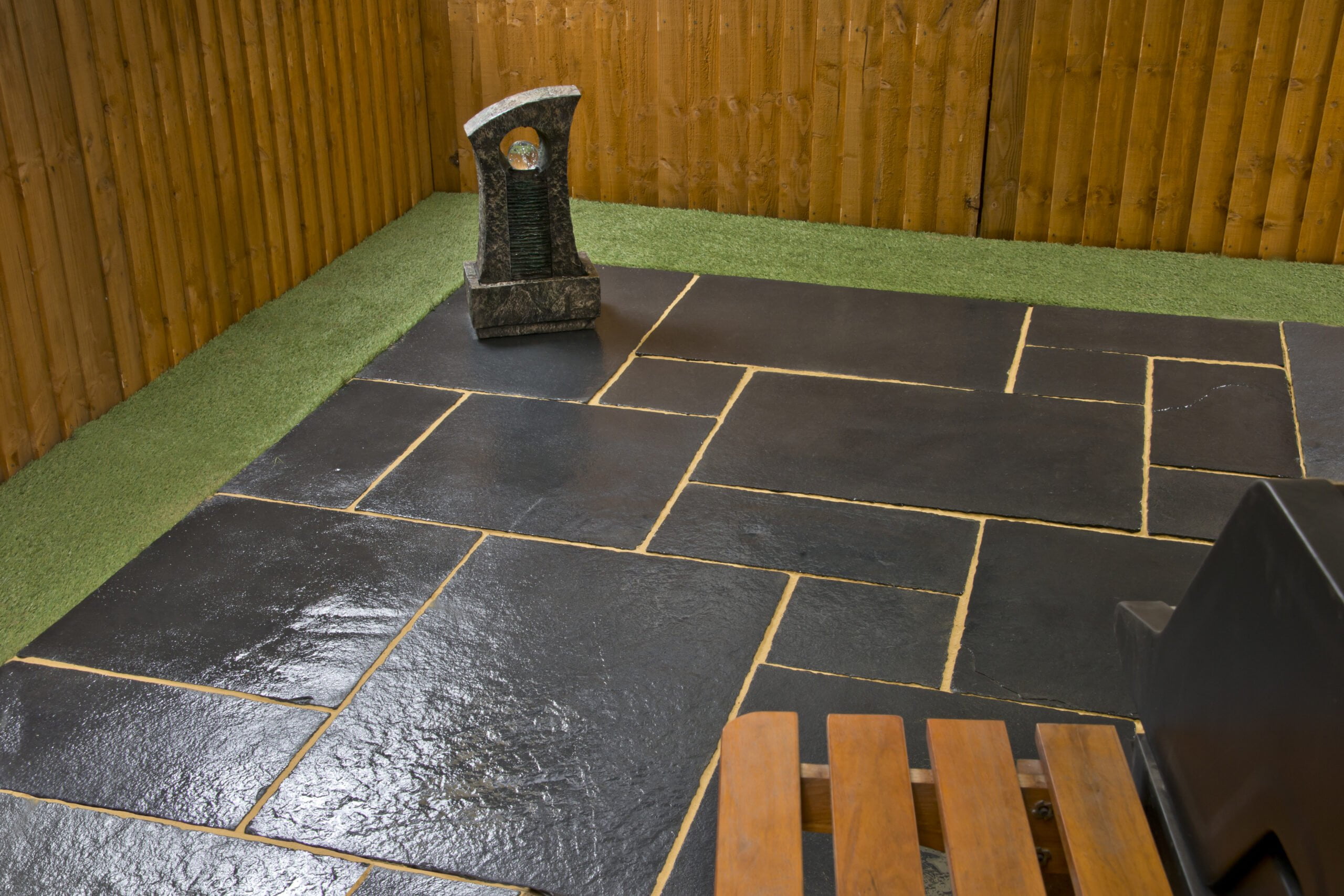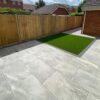Creating a Low-Maintenance Garden Oasis in the UK: Key Steps for Effortless Greenery

Creating a low-maintenance garden oasis in the UK allows you to enjoy the splendour of the outdoors without dedicating countless hours to its upkeep. Whether you reside in a quaint cottage or a modern urban dwelling, implementing strategies for easy garden maintenance can result in a beautiful space that thrives throughout the year. By selecting the right plants and utilising efficient design principles, your garden can become both a tranquil retreat and a practical space suited to the British climate.

Embracing a low-maintenance approach begins with understanding your garden’s specific needs and the regional conditions. Prioritising elements such as durable landscaping materials and hardy plant varieties can lead to significant reductions in the time and effort required for garden care. Moreover, techniques like mulching and smart watering go a long way in easing the routine work normally associated with gardening.
Your focus should be on creating an outdoor space that not only looks impressive but is also highly functional and tailored to your lifestyle. By planning your low-maintenance garden wisely, incorporating design features that minimise regular maintenance tasks, and choosing elements that invite local wildlife, your garden can flourish with minimal intervention. Such a space won’t just boost your home’s kerb appeal but also serve as your personal haven of nature without the common gardening toil.
Planning Your Garden
When initiating your quest for a low-maintenance garden oasis in the UK, a strategic approach is essential. Pay attention to your local climate, analyse your soil conditions, and choose the right plants that will flourish without requiring constant care.
Assessing the Local Climate
As you embark on creating your garden, your first task is to gauge the local climate. The UK’s weather can vary significantly, with differing amounts of rainfall, wind, and temperature fluctuations across regions. You’ll need to understand these patterns since they directly influence which plants are suitable for your garden. For example, in drier areas, you’ll want to consider drought-tolerant plants that can thrive with minimal watering.
Understanding Soil Conditions
Your garden’s potential hinges on the soil type it’s built upon. Conduct thorough research to understand your garden soil, as soil conditions can range from sandy or clay-heavy to loamy. You can get a soil testing kit to determine its pH level and identify the nutrients present or lacking. This knowledge allows you to enrich your soil accordingly so that it becomes more hospitable to plants and reduces the need for frequent maintenance.
Selecting Low-Maintenance Plants
Finally, the essence of a low-maintenance garden lies in choosing the right plants. Opt for native species that are well-adapted to the UK’s climate as these plants will likely be more resistant to local pests and diseases. British natives such as lavender, geraniums, and ferns often require less attention and can endure local weather conditions better than non-natives. Additionally, seek out perennials; these are plants that can live for several years, reappearing each spring with minimal fuss. Incorporate a mix of perennials, shrubs, and trees into your design for a robust, easy-care garden.
Designing for Sustainability and Ease
Creating a low-maintenance garden oasis in the UK is not just about reducing the workload for yourself; it’s about establishing a sustainable, beautiful garden that supports local ecosystems while remaining cost-effective. Throughout this section, you’ll discover strategic ideas for garden design that emphasise durability, conservation, and aesthetic appeal.
Incorporating Hardscaping Elements
Incorporating hardscaping into your garden design is a smart move for sustainability and ease. Consider using locally sourced materials which are not only environmentally friendly but also tend to fit more naturally into your garden’s aesthetic. Paving, gravels, and decking create versatile outdoor spaces that require minimal up-keep. This means less mowing and more time enjoying your outdoor space.
- Benefits of Hardscaping:
- Reduces water usage by replacing grassy areas
- Lowers ongoing maintenance requirements
- Provides a durable foundation for your garden
Utilising Ground Covers and Mulches
One of the best garden design ideas for creating a low-maintenance garden is to utilise ground covers and mulches. Ground covers, like creeping thyme or bugleweed, add a texture and colour while simultaneously reducing weed growth. Mulches, on the other hand, protect soil health by retaining moisture and suppressing weeds.
- Types of Mulches:
- Organic (bark chips, straw)
- Inorganic (pebbles, landscape fabric)
Use mulches throughout your garden to substantially cut down on watering and weeding time.
Maximising Biodiversity
Your beautiful garden can be a haven for wildlife, contributing to local biodiversity without adding to your gardening chores. Opt for native plants that are adapted to the UK climate and require less care. They also provide food and habitat for native wildlife. You can create a diverse range of habitats with a mix of trees, shrubs, and flowering plants that aren’t just visually appealing, but also beneficial for the environment.
- Biodiversity Friendly Features:
- Nesting boxes for birds
- A wildlife pond
- Insect hotels
By inviting a variety of species into your garden, you encourage a natural balance that keeps pests in check, further reducing the need for garden maintenance.
Plant Selection and Care
Selecting the right plants and understanding their care are pivotal in creating a low-maintenance garden oasis. It’s about choosing species that thrive with minimal intervention and implementing care practices that reduce the need for constant upkeep.
Choosing Perennials and Shrubs
When populating your garden, opt for perennials and shrubs that are native to the UK to ensure they flourish with minimal care. Go for drought-tolerant perennials such as Sedum or Echinacea, which are resilient and return each year without much fuss. Incorporate evergreen shrubs like Euonymus or Viburnum to provide structure and colour even during the colder months. Be strategic in your plant choice to reduce the need for frequent watering and pruning.
- Perennials: Sedum, Echinacea, Geranium
- Evergreen Shrubs: Euonymus, Viburnum, Daphne
Managing Weeds and Pests
For weed control, lay down a fabric weed barrier before planting and mulch generously to prevent weeds from taking root. When it comes to pest control, encourage beneficial insects by planting species they’re attracted to and avoid using pesticides that can harm your garden’s ecosystem. Regular but straightforward maintenance practices such as mulching and judicious weeding will keep your garden healthy and reduce the likelihood of pest infestations.
- Weed Control: Fabric barriers, Mulching
- Pest Control: Attract beneficial insects, Avoid pesticides
- Maintenance Practices: Regular weeding, Avoid over-watering
Ensuring Year-Round Interest
Opting for a mix of plants that offer year-round interest helps create a garden that’s not only low-maintenance but also aesthetically pleasing throughout the seasons. Choose a combination of perennials, evergreen shrubs, and drought-tolerant plants that provide a variety of foliages, colours, and textures. Incorporating plants like Hellebores or Heuchera will add winter colour, while ornamental grasses can add texture and movement during autumn.
- Winter Colour: Hellebores, Heuchera
- Autumn Texture: Ornamental grasses, Seed heads
Innovations in Garden Maintenance

Advancements in garden technology offer you several ways to create a stunning garden that demands less of your time for upkeep. From ground cover choices to watering solutions, these innovations are designed to enhance the beauty of your garden while reducing the manual labour involved.
Opting for Artificial vs Real Lawns
Artificial grass is a remarkable innovation, requiring no pruning or mowing and staying evergreen all year round. You’ll save time and effort that real lawns demand, and modern varieties feel almost indistinguishable from the real thing. Not only does it look pristine, but it also avoids the seasonal allergies that come with natural grass.
Implementing an Automatic Irrigation System
An automatic irrigation system can revolutionise how you water your garden. This technology ensures that your plants receive the perfect amount of water at optimal times, reducing waste and saving you time. Setting up irrigation systems is a smart investment; they’re programmable, efficient, and can significantly reduce the need for maintaining garden moisture manually.
Leveraging Water-Saving Techniques
Incorporating water-saving techniques is not only environmentally friendly but also lightens your workload. Methods such as drip irrigation target the roots directly, minimising evaporation. Furthermore, collecting rainwater in barrels provides you with a natural water source that’s better for your plants and keeps your water bills low. Embracing these techniques helps sustain a lush garden while conserving a precious resource.
Accessorising Your Garden
In crafting your garden oasis, the right accessories not only enhance the aesthetic but also ensure longevity and ease of maintenance. Think carefully about the selection of each item for maximum impact with minimal upkeep.
Selecting Durable Furniture and Features
When choosing garden furniture, opt for materials that withstand the UK climate. Natural stone and porcelain pavers are excellent choices for they resist wear and moss build-up. This means less cleaning and more time enjoying your outdoors. Regarding water features, select quality pumps and materials that require infrequent cleaning whilst contributing to the serene ambiance of your garden.
Creating Inviting Seating Areas
To establish seating areas that invite relaxation, integrate your furniture with ornamental grasses, ferns, and shade-loving plants that thrive with minimal attention. Soften the space with hedges as natural borders, adding structure without the need for constant trimming. Position seating to take advantage of natural light and views, and consider the use of paving in areas of heavy foot traffic to reduce wear on the lawn.
